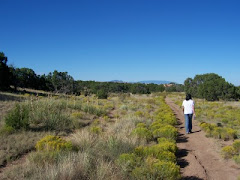

There's no science class (Project GUTS) today, so we are reading Kenneth Grahame's
The Wind in the Willows. First published in 1908,
The Wind in the Willows remains a well-loved children’s classic.
For
Wind, we think the definitive illlustrations are by E. H. Shepard (he's pictured above). We discovered this weekend that the 1948 David Lean production of
Oliver Twist based makeup and costumes on Cruikshank's illustrations for the original edition of the book, and also served as the narrative basis for the musical
Oliver!, in many cases line for line. Shepard also did the original renditions of the characters in A.A. Milne's Winnie the Pooh books.
We are going to explore all the usual elements, and also use the text to talk about...
pantheism. If you've read the story, you'll know why.
Here's a thorough reading comprehension
quiz.
And these are some thematic questions we are considering:
- What are wayfarers? Are we all wayfarers?
- Select any passage where the author shows Toad up to his tricks. Note how Grahame handles the material to give pleasure without, at the same time, granting approval. Discuss the passage.
- What does the wind symbolize?


























